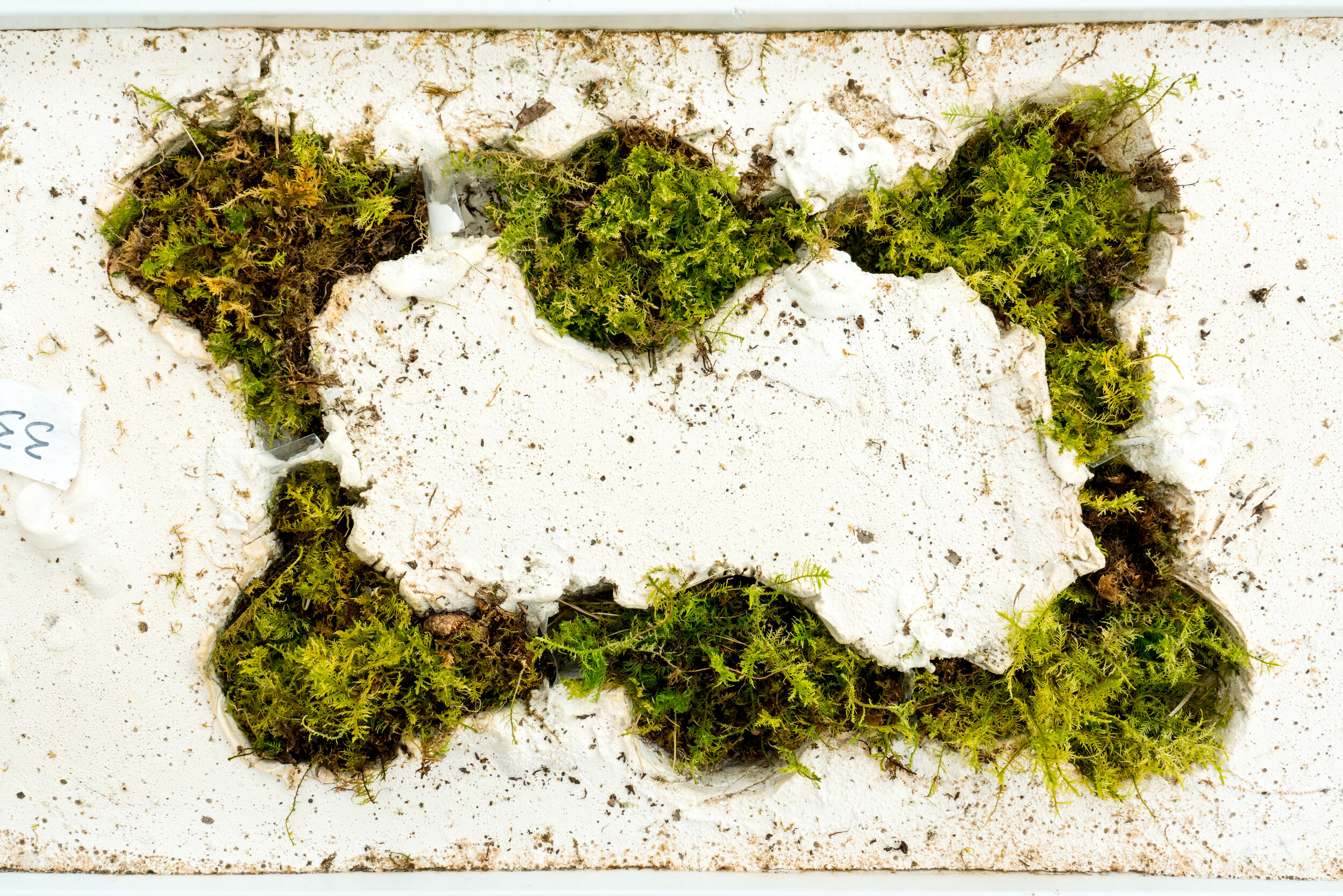
Current projects:
A mesoscopic theory of biodiversity
We are combining theory and experiments to define and develop ecology and evolution at the mesoscale. For example, how do food webs assemble and persist over landscapes containing networks of habitat?
We use model systems to test and advance theory. These include laboratory microcosms of microbes and microarthropods, aquatic mesocosms, and natural networks of mosses and their fauna to test the assumptions and predictions of our theory.
Connected Protected Area Networks
Habitat loss and fragmentation is driven by natural and human activities. We are designing connected protected area networks of habitat (Gonzalez et al. 2018) as a way to support biodiversity and maintain ecosystem functions and services over time across ecoregions. The map on the left shows protected areas in yellow, and the corridors in green our models proposed for the Saint Lawrence ecoregion. Here’s a dashboard of maps where you can explore priorities for different species and scenarios.
We are working with many stakeholders, including the Canadian and Quebec governments, conservation NGOs, and many municipalities to map changing functional connectivity and prioritize action to reach the 2030 targets of the UN CBD Global Biodiversity Framework (e.g. 30% connected protected areas by 2030).
Evolutionary rescue
We have found that population extinction can be avoided by very rapid evolution and adaptation.
Using techniques in experimental evolution, we are finding the conditions that promote evolutionary rescue in single species populations and entire communities of interacting species. We use baker’s yeast (Saccharomyces cerevisiae), bacteria (e.g. Pseudomonas sp.) and crustacea (e.g. Daphnia pulex) as model organisms in the lab. In a striking match with theory, we found that evolutionary rescue is possible, and that the recovery of the population may occur within twenty-five generations.
Most recently, we have been doing experiments on community rescue with freshwater plankton communities exposed to pesticides in the field at the LEAP mesocosm platform at McGill’s Gault reserve (right)
Species persistence in fluctuating environments.
We are studying how unpredictable patterns of environmental fluctuations, such as climate and extreme weather events, affect the persistence of biodiversity and the long-term stability of ecosystems. Sometimes environmental fluctuations erode biodiversity but in many other cases they can also be a ‘constructive’ force allowing the persistence and coexistence of species. We assess the balance of outcomes that lead to biodiversity loss when the pattern of fluctuations changes due to human causes.




